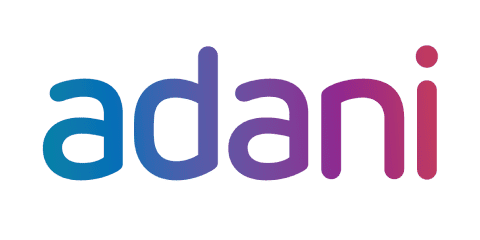About the Client
A fast-growing AI solutions provider aimed to make advanced Generative AI accessible to a worldwide user base. The client’s vision was to empower individuals and businesses to communicate seamlessly in their native languages, improving inclusivity and adoption.
Business Impact
The project successfully delivered an AI platform capable of supporting over 100 languages, offering refined, ready-to-use responses while improving operational efficiency and global reach. These enhancements expanded the client’s market penetration, improved customer satisfaction, and strengthened brand credibility.
The Results
| Metric | Before | After | Improvement |
| AI Response Quality | Raw, unpolished, required manual editing | Context-aware, polished, and ready-to-use | 60% reduction in post-processing time |
| Team Communication | Unstructured, delayed decision-making | Daily stand-ups and centralized documentation | Faster issue resolution and improved collaboration |
| Streaming Stability | Packet loss in multi-layer architecture | Retry logic ensured seamless service communication | 90% reduction in packet loss |
| Language Coverage | Limited language support | Supports 100+ languages | Expanded accessibility to a global audience |
The Challenge
“We wanted to make AI accessible in multiple languages, but initial responses were clunky, streaming was unstable, and our internal coordination slowed progress.”
– Product Team
Key Issues:
- Unrefined AI-generated answers that required manual correction.
- Disorganized team communication without a clear escalation process.
- Streaming inefficiencies due to complex multi-layered architecture.
Our Approach
We adopted an iterative, feedback-driven development model to address both technical and operational challenges. Beta testing with selective users informed model improvements, while agile communication frameworks streamlined internal workflows.
Why Python, Node.js, and React.js?
The tech stack was strategically chosen to deliver a scalable, responsive, and modular architecture:
- Python for AI model execution and data processing.
- Node.js for backend scalability and service orchestration.
- React.js for delivering an interactive, real-time frontend experience.
Key Initiatives
- Beta Version Rollout – Gathered targeted feedback to train AI for better response quality.
- Team Communication Overhaul – Daily stand-ups and centralized documentation for seamless collaboration.
- Retry Logic Implementation – Ensured smooth, lossless streaming between AI, backend, and frontend services.
The Solution
We built a multi-layered AI-powered platform capable of delivering contextually accurate, polished responses in 100+ languages. The system was optimized for seamless interaction between Python-based AI services, Node.js backend, and React.js frontend through efficient streaming logic.
Features Delivered
- 100+ Language Support for global accessibility.
- Context-Refined AI Responses for user-ready output.
- Real-Time Streaming with minimal packet loss.
- Agile Collaboration Tools for distributed team efficiency.
Client Testimonial
““We needed a multilingual AI that could deliver clear, user-ready responses without technical bottlenecks, while ensuring our global team could work together efficiently.””
– Product Lead
Conclusion
By combining technical excellence with structured collaboration, the project successfully removed language and operational barriers. The multilingual AI platform now serves a truly global audience, delivering consistent, ready-to-use responses while maintaining high system efficiency. Ongoing improvements will focus on further optimizing AI models and integrating additional accessibility tools.








































